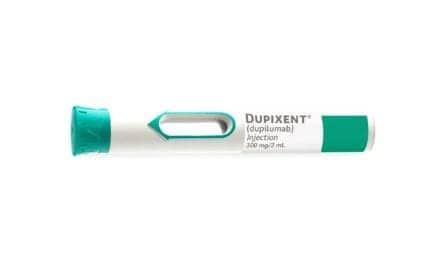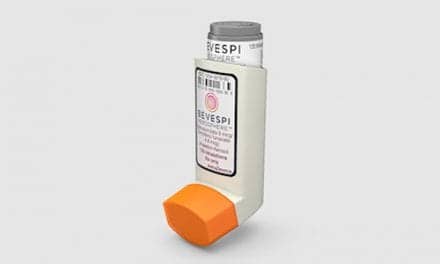Adherence to asthma and COPD medication differs significantly by age, diagnosis, and other demographics, according to new research published in The Journal of Allergy and Clinical Immunology: In Practice. The data suggests an opportunity to tailor adherence education to each patient, the authors from Children’s Hospital Colorado and Propeller Health say.
According to the study of 8,385 patients, adolescents and adults less than 40 years of age with asthma were less adherent to their controller medication and had less well-controlled disease than other age groups. Adults over 60 and children with asthma were the most adherent and the most well-controlled, while medication adherence was lowest in young adults aged 18-29 at 39.5%.
Researchers used Propeller’s digital health platform to track the medication use of patients with asthma or COPD. Propeller’s platform works by attaching a small sensor to a patients’ existing inhalers, which tracks medication use and delivers insights on trends in adherence, symptoms and triggers to the Propeller app.
Children ages 4-11 adhere more consistently to their medication regimen, said researchers, possibly related to their parents’ involvement in monitoring their medication use. As children become adolescents, that oversight may decline and adherence and control may worsen in this age group. Adults over 60 may exhibit higher adherence levels because their disease is more severe and needs closer management or because of higher maturity levels.
“Asthma and COPD treatment is not one-size-fits-all,” said David Stempel, MD, clinical consultant to Propeller Health and one of the authors of the paper. “Thanks to digital health, we now know that young adults generally need more support to stay adherent – and solutions like Propeller can provide that support.”
In previous clinical studies unrelated to this collaboration, the Propeller platform has been shown to increase asthma control by up to 63 percent,1 increase medication adherence by up to 58 percent,2 and reduce asthma-related emergency department visits and hospitalizations by as much as 57 percent.3
- Merchant RK et al. J Allergy Clin Immunol Pract 2016
- Van Sickle D et al. Eur Respir J 2016
- Merchant RK et al. World Allergy Org J 2018










